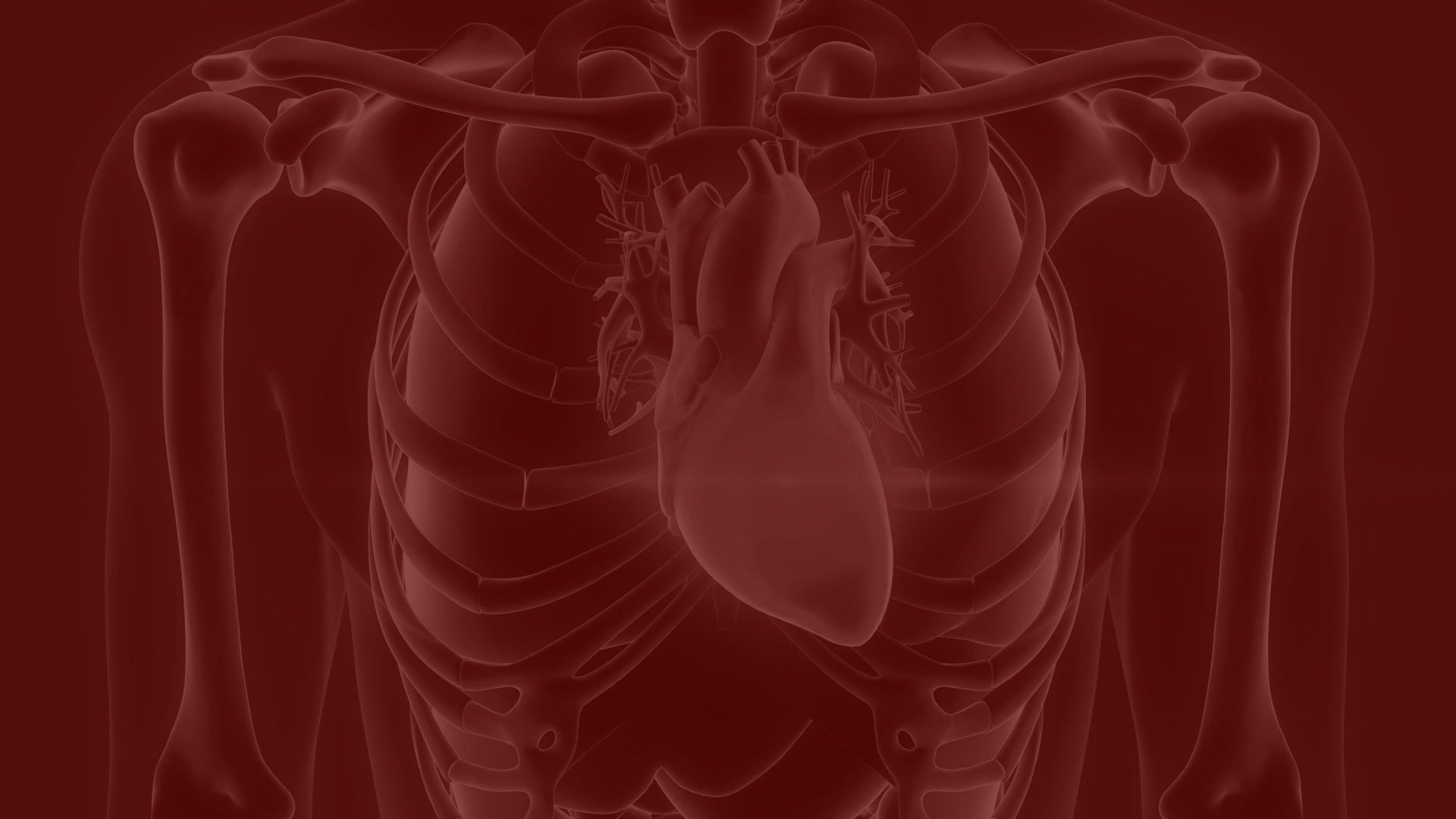Dr. Simon H. Stertzer, Professor Emeritus at Stanford University School of Medicine and Chairman of the Board of Directors at BioCardia, recently spoke to eHealth Radio host Eric Michaels about the significance of heart disease in America. Dr. Stertzer, who has worked in cardiology for over fifty years, also discusses the diagnoses, treatment, and screening of cardiovascular problems.
EM: How big of a problem is heart disease in the United States, and can you give me the profile of a typical patient with heart disease?
SS: Heart disease accounts for 1 in 7 deaths in the United States. A few years ago cardiovascular deaths were 30% of all global deaths. There are 360,000 people a year who die of coronary heart disease alone. There are about 800,000 heart attacks a year, and of those 114,000 more or less will die. So it’s a very large, serious problem. Every 40 seconds an American will have a heart attack. The cost of this is extremely high, both in America and worldwide.
EM: What is a the difference between heart attack, heart failure, and other kinds of heart disease?
SS: That’s a fundamental misconception in the population, confusing though. A heart attack is death of heart muscle that’s directly related to the impairment of blood flow into the heart itself. It’s like fuel not getting to the engine of your automobile, whereas heart failure is the engine itself just isn’t pumping, the pump is just wearing out. That’s weakness in the heart muscle, and that’s what’s responsible for heart failure. Heart failure is becoming an even greater problem in terms of the present and future than heart attacks.
EM: How do we treat the different types of heart disease today?
SS: We have something called coronary angioplasty. It’s done on a worldwide basis in tertiary care cardiac laboratories. Heart failure, on the other hand, is a really serious problem where the heart just fails to pump normally, or pumps under pressure conditions which are extremely deleterious to the heart muscle itself. The ways of treating that have really been stagnant over the last several decades, limited to the results of rather than the causes. That leads us to stem cell therapy, where we’re trying to regenerate heart muscle.
EM: How should we be screened for heart disease as adults?
SS: Adults after the age of 25-30 should all have some form of screening that takes into consideration their family history, the presence or absence of high blood pressure, the presence or absence of diabetes in the family, I think everybody should have a lipid profile btn 25-30 that shows exactly what the genetic cholesterol panel and lipid panel is within individual people. One test is not enough, people need to periodically check their glucose tolerance, glucose metabolism as well as a panel of cholesterol that their blood shows at various stages of their life.
For more from Dr. Simon Stertzer, listen to the full podcast episode.

